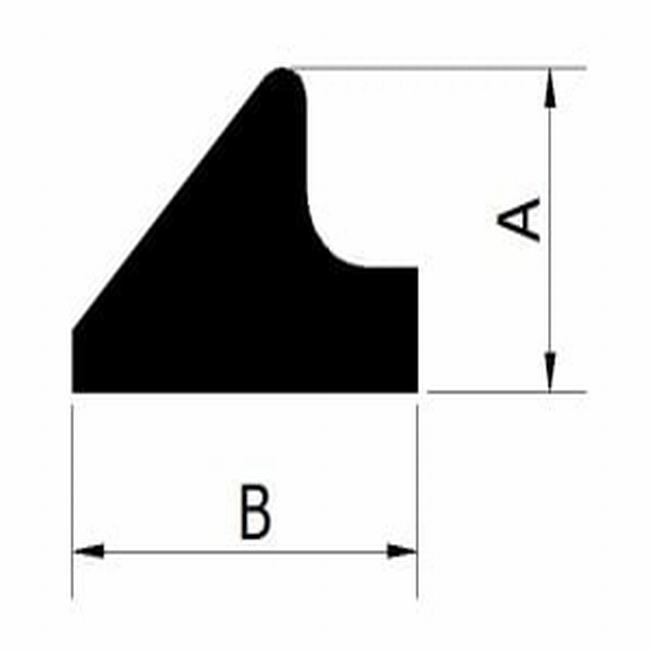Concrete pipe seals are used to prevent the passage of water, air, or other fluids between the joints of concrete pipes. They are an essential part of any concrete pipe system, as they help to ensure the integrity of the system and prevent leaks.
There are many different types of concrete pipe seals available, each with its own advantages and disadvantages. Some of the most common types of concrete pipe seals include:
- Rubber gaskets: Rubber gaskets are a popular choice for concrete pipe seals. They are made from a variety of rubber compounds, including EPDM, SBR, and nitrile. Rubber gaskets are flexible and can accommodate a wide range of joint movement. They are also relatively inexpensive.
- Neoprene gaskets: Neoprene gaskets are another type of rubber gasket that is often used for concrete pipe seals. They are similar to EPDM gaskets, but they are more resistant to chemicals and solvents.
- Fiberglass gaskets: Fiberglass gaskets are made from a woven fabric of fiberglass strands. They are strong and durable, and they can withstand a wide range of temperatures. However, they are also more expensive than rubber gaskets.
- Polymer seals: Polymer seals are made from a variety of plastics, including PVC, polyethylene, and polypropylene. They are lightweight and easy to install, but they may not be as durable as rubber or fiberglass gaskets.
- Mechanical seals: Mechanical seals are a type of seal that uses a metal or plastic ring to create a watertight seal. They are more expensive than other types of seals, but they are also more durable and can withstand higher pressures.
- The best type of concrete pipe seals for a particular application will depend on the specific requirements of the system. Factors to consider include the type of fluid being transported, the pressure of the fluid, the temperature of the fluid, and the environmental conditions.
- To seal concrete pipe joints, the following steps are typically followed:
- The joints are cleaned and prepared.
- A primer is applied to the joints.
- The seal is installed.
- The seal is cured.
- The specific steps may vary depending on the type of seal being used.
- Properly sealed concrete pipe joints are essential for the long-term performance of any concrete pipe system. By choosing the right type of seal and following the proper installation procedures, you can help to ensure that your concrete pipe system will last for many years to come.


